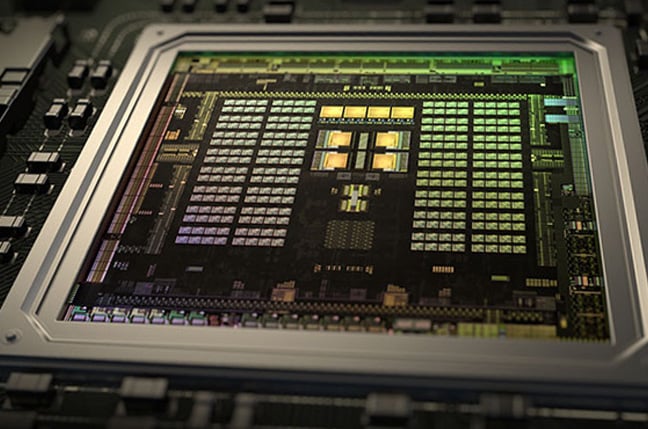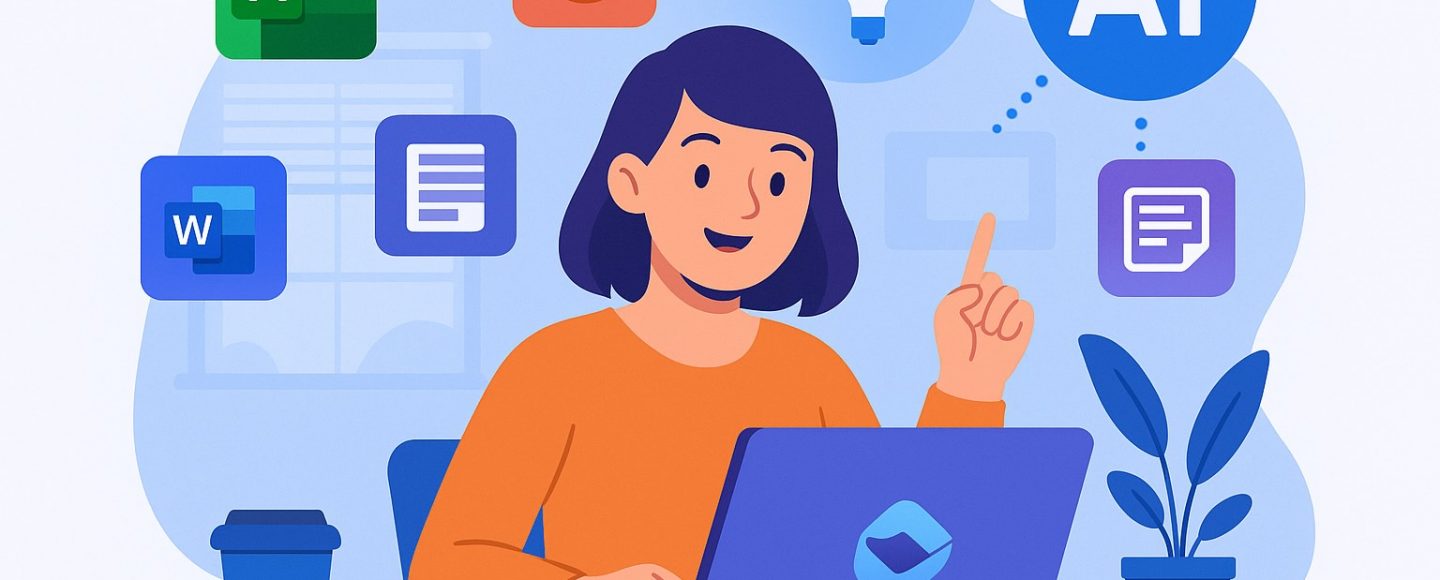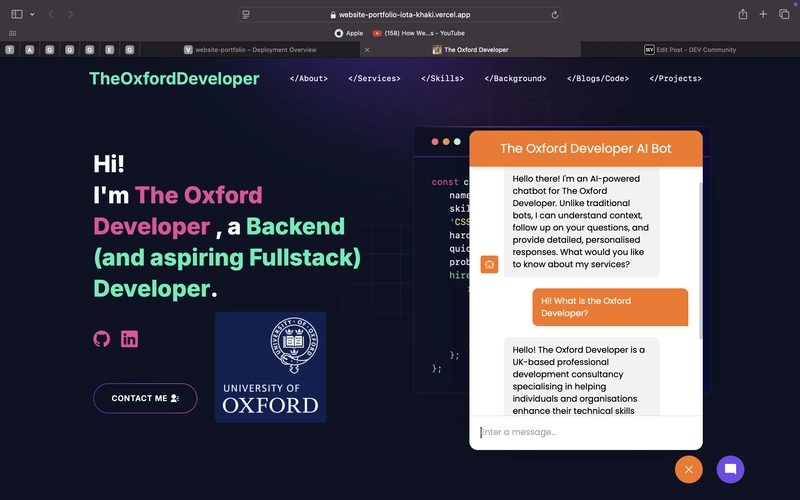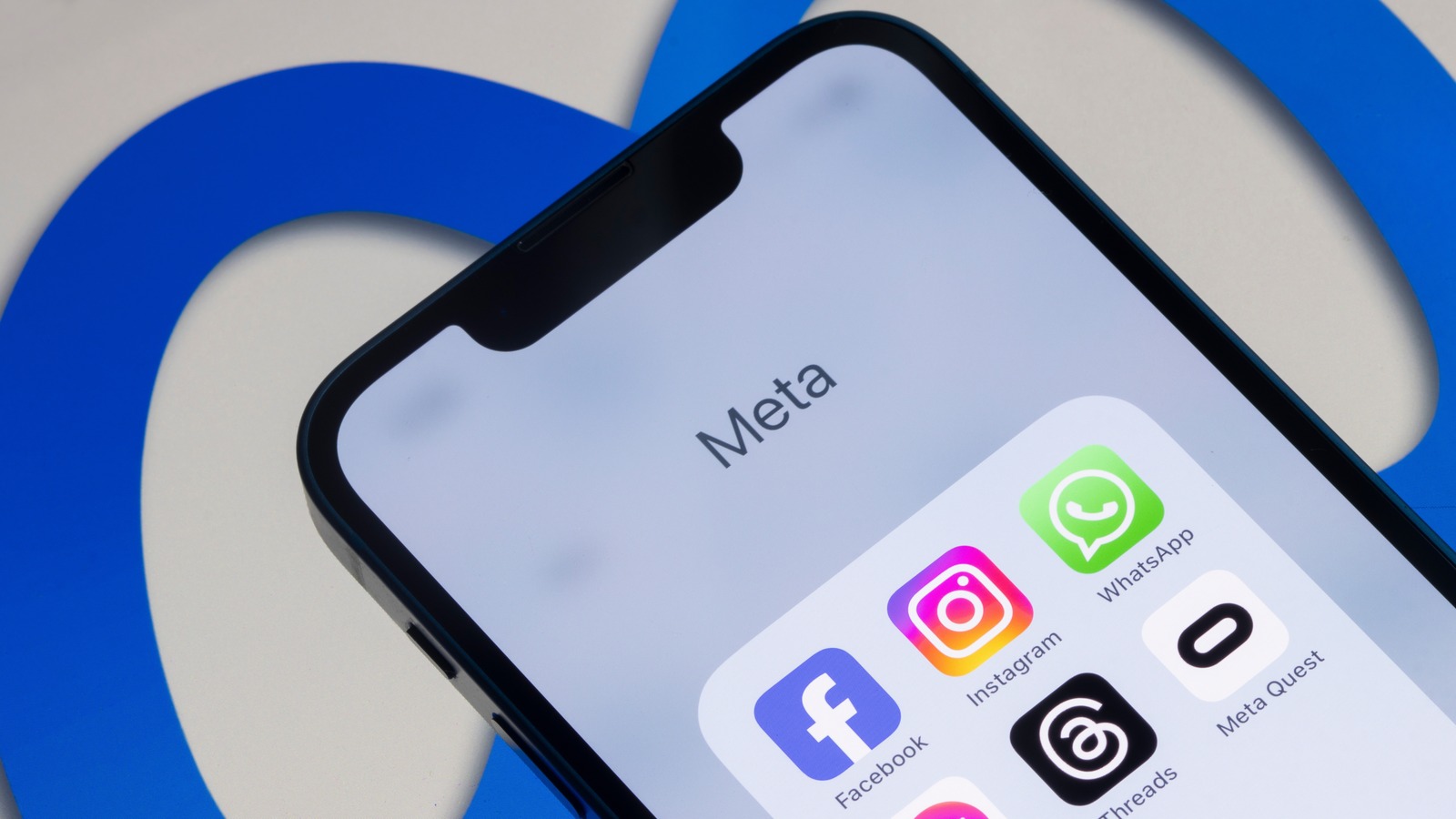Cybersecurity: Yesterday, Today, and Forever
In the increasingly digital world, cybersecurity is the front-line defense against threats targeting data, infrastructure, and systems. From its modest origins to today’s AI-driven landscape, cybersecurity has evolved into a multi-layered discipline critical for individuals, corporations, and governments. This article explores the history, advantages and disadvantages, essential tools, and how artificial intelligence is shaping the future of cybersecurity. The History of Cybersecurity The Origins Cyber-security's roots trace back to the 1970s when the first computer viruses like Creeper and Reaper emerged. During this era: The ARPANET, a precursor to the internet, was the first target of hacking attempts. The Morris Worm (1988) marked a pivotal moment, infecting 10% of internet-connected machines, emphasizing the need for cybersecurity protocols. As the internet expanded in the 1990s, so did cyber threats, including viruses, phishing attacks, and early forms of ransomware. Modern Cybersecurity The 21st century brought an explosion of internet usage and, consequently, more complex threats: Advanced Persistent Threats (APTs) target national security and intellectual property. Zero-day vulnerabilities, where hackers exploit unknown software flaws. Cloud computing, IoT devices, and remote work environments have increased the attack surface. Today’s cybersecurity involves real-time monitoring, threat intelligence, and automated defense mechanisms. The Future of Cybersecurity Looking ahead: Quantum computing threatens current encryption standards. AI-driven defense systems are being developed to predict and counteract threats before they happen. Cybersecurity will be essential for smart cities, autonomous vehicles, and digital identities. Advantages of Cybersecurity Data Protection – Safeguards personal and organizational data from unauthorized access. Operational Continuity – Prevents disruptions caused by malware, DDoS attacks, etc. Trust and Reputation – Builds trust with clients and partners through secure systems. Legal Compliance – Helps organizations comply with data protection laws (GDPR, HIPAA). Financial Security – Prevents financial loss due to fraud or data breaches. Disadvantages of Cybersecurity High Costs – Implementing and maintaining security infrastructure can be expensive. Complexity – Managing multiple layers of defense requires skilled professionals. False Positives – Automated tools may block legitimate actions, affecting productivity. User Inconvenience – Multi-factor authentication and strict policies can frustrate users. Constant Evolution – Threats evolve quickly, requiring continuous updates and vigilance. Cybersecurity Tools and Their Functions Tool Function Firewalls Monitor and control incoming/outgoing network traffic. Antivirus Software Detects and removes malicious software. Intrusion Detection Systems (IDS) Monitors networks for suspicious activities. Intrusion Prevention Systems (IPS) Blocks threats after detection. SIEM (Security Information and Event Management) Collects and analyzes security data in real time. Endpoint Detection and Response (EDR) Monitors and responds to threats on endpoint devices. Virtual Private Network (VPN) Encrypts internet traffic and hides user location. Encryption Tools Convert data into secure formats (AES, RSA, etc.). Penetration Testing Tools (e.g., Metasploit) Simulate attacks to find system weaknesses. Password Managers (e.g., LastPass, Bitwarden) Securely store and manage user credentials. Network Scanners (e.g., Nmap) Identify devices and open ports on a network. Web Application Firewalls (WAF) Protect web apps by filtering HTTP traffic. Data Loss Prevention (DLP) Prevent sensitive data from being shared externally. Behavioral Analytics Tools Identify abnormal user behavior indicative of threats. AI and Cybersecurity: A Powerful Synergy The Correlation Artificial Intelligence (AI) and cybersecurity are now deeply intertwined. AI enhances cybersecurity in multiple ways: Threat Detection AI can identify patterns in vast datasets to detect anomalies and potential threats in real time, including previously unknown (zero-day) threats. Automated Responses AI enables rapid responses to incidents, automatically isolating affected systems and mitigating attacks without human intervention. Behavioral Analysis Machine learning algorithms analyze user behavior to detect insider threats or account compromises. Phishing Detection AI can analyze emails and web pages to detect and block phishing attempts. Vulnerability Management AI can continuously scan and patch vulnerabilities faster than manual processes. Challenges of AI in Cybersecurity Adversarial AI: Cyber-criminals are also using AI to craft sophisticated attacks. Bias in AI Models: Poorly trained models can overlook gen

In the increasingly digital world, cybersecurity is the front-line defense against threats targeting data, infrastructure, and systems. From its modest origins to today’s AI-driven landscape, cybersecurity has evolved into a multi-layered discipline critical for individuals, corporations, and governments. This article explores the history, advantages and disadvantages, essential tools, and how artificial intelligence is shaping the future of cybersecurity.
The History of Cybersecurity
The Origins
Cyber-security's roots trace back to the 1970s when the first computer viruses like Creeper and Reaper emerged. During this era:
The ARPANET, a precursor to the internet, was the first target of hacking attempts.
The Morris Worm (1988) marked a pivotal moment, infecting 10% of internet-connected machines, emphasizing the need for cybersecurity protocols.
As the internet expanded in the 1990s, so did cyber threats, including viruses, phishing attacks, and early forms of ransomware.
Modern Cybersecurity
The 21st century brought an explosion of internet usage and, consequently, more complex threats:
Advanced Persistent Threats (APTs) target national security and intellectual property.
Zero-day vulnerabilities, where hackers exploit unknown software flaws.
Cloud computing, IoT devices, and remote work environments have increased the attack surface.
Today’s cybersecurity involves real-time monitoring, threat intelligence, and automated defense mechanisms.
The Future of Cybersecurity
Looking ahead:
Quantum computing threatens current encryption standards.
AI-driven defense systems are being developed to predict and counteract threats before they happen.
Cybersecurity will be essential for smart cities, autonomous vehicles, and digital identities.
Advantages of Cybersecurity
- Data Protection – Safeguards personal and organizational data from unauthorized access.
- Operational Continuity – Prevents disruptions caused by malware, DDoS attacks, etc.
- Trust and Reputation – Builds trust with clients and partners through secure systems.
- Legal Compliance – Helps organizations comply with data protection laws (GDPR, HIPAA).
-
Financial Security – Prevents financial loss due to fraud or data breaches.
Disadvantages of Cybersecurity High Costs – Implementing and maintaining security infrastructure can be expensive.
Complexity – Managing multiple layers of defense requires skilled professionals.
False Positives – Automated tools may block legitimate actions, affecting productivity.
User Inconvenience – Multi-factor authentication and strict policies can frustrate users.
Constant Evolution – Threats evolve quickly, requiring continuous updates and vigilance.
Cybersecurity Tools and Their Functions
| Tool | Function |
|---|---|
| Firewalls | Monitor and control incoming/outgoing network traffic. |
| Antivirus Software | Detects and removes malicious software. |
| Intrusion Detection Systems (IDS) | Monitors networks for suspicious activities. |
| Intrusion Prevention Systems (IPS) | Blocks threats after detection. |
| SIEM (Security Information and Event Management) | Collects and analyzes security data in real time. |
| Endpoint Detection and Response (EDR) | Monitors and responds to threats on endpoint devices. |
| Virtual Private Network (VPN) | Encrypts internet traffic and hides user location. |
| Encryption Tools | Convert data into secure formats (AES, RSA, etc.). |
| Penetration Testing Tools (e.g., Metasploit) | Simulate attacks to find system weaknesses. |
| Password Managers (e.g., LastPass, Bitwarden) | Securely store and manage user credentials. |
| Network Scanners (e.g., Nmap) | Identify devices and open ports on a network. |
| Web Application Firewalls (WAF) | Protect web apps by filtering HTTP traffic. |
| Data Loss Prevention (DLP) | Prevent sensitive data from being shared externally. |
| Behavioral Analytics Tools | Identify abnormal user behavior indicative of threats. |
AI and Cybersecurity: A Powerful Synergy
The Correlation
Artificial Intelligence (AI) and cybersecurity are now deeply intertwined. AI enhances cybersecurity in multiple ways:
- Threat Detection
AI can identify patterns in vast datasets to detect anomalies and potential threats in real time, including previously unknown (zero-day) threats.
- Automated Responses
AI enables rapid responses to incidents, automatically isolating affected systems and mitigating attacks without human intervention.
- Behavioral Analysis
Machine learning algorithms analyze user behavior to detect insider threats or account compromises.
- Phishing Detection
AI can analyze emails and web pages to detect and block phishing attempts.
- Vulnerability Management
AI can continuously scan and patch vulnerabilities faster than manual processes.
Challenges of AI in Cybersecurity
Adversarial AI: Cyber-criminals are also using AI to craft sophisticated attacks.
Bias in AI Models: Poorly trained models can overlook genuine threats or generate false positives.
Dependence on Data: AI’s effectiveness is limited by the quality and quantity of data it learns from.
Cybersecurity has transformed from simple antivirus software to an intricate, AI-enhanced shield protecting our digital world. As threats grow in complexity, cybersecurity will remain a cornerstone of technological progress. Whether it’s safeguarding personal data, national infrastructure, or emerging technologies like IOT and quantum computing, the need for strong, adaptive, and intelligent security systems is both urgent and eternal.
Cybersecurity isn't just a profession—it’s a necessity for the digital age.












































































































































































![[The AI Show Episode 150]: AI Answers: AI Roadmaps, Which Tools to Use, Making the Case for AI, Training, and Building GPTs](https://www.marketingaiinstitute.com/hubfs/ep%20150%20cover.png)
![[The AI Show Episode 149]: Google I/O, Claude 4, White Collar Jobs Automated in 5 Years, Jony Ive Joins OpenAI, and AI’s Impact on the Environment](https://www.marketingaiinstitute.com/hubfs/ep%20149%20cover.png)
















































































































![[Side Project] Maroik: Modern ASP.NET Core 9.0 CMS with Full-Stack Features](https://media2.dev.to/dynamic/image/width%3D1000,height%3D500,fit%3Dcover,gravity%3Dauto,format%3Dauto/https:%2F%2Fdev-to-uploads.s3.amazonaws.com%2Fuploads%2Farticles%2F53cfnrge1bqwc7vxdicj.png)












![[FREE EBOOKS] Solutions Architect’s Handbook, The Embedded Linux Security Handbook & Four More Best Selling Titles](https://www.javacodegeeks.com/wp-content/uploads/2012/12/jcg-logo.jpg)




![How to Survive in Tech When Everything's Changing w/ 21-year Veteran Dev Joe Attardi [Podcast #174]](https://cdn.hashnode.com/res/hashnode/image/upload/v1748483423794/0848ad8d-1381-474f-94ea-a196ad4723a4.png?#)







































































































































_ArtemisDiana_Alamy.jpg?width=1280&auto=webp&quality=80&disable=upscale#)



.webp?#)










































































































![Apple 15-inch M4 MacBook Air On Sale for $1023.86 [Lowest Price Ever]](https://www.iclarified.com/images/news/97468/97468/97468-640.jpg)




































































